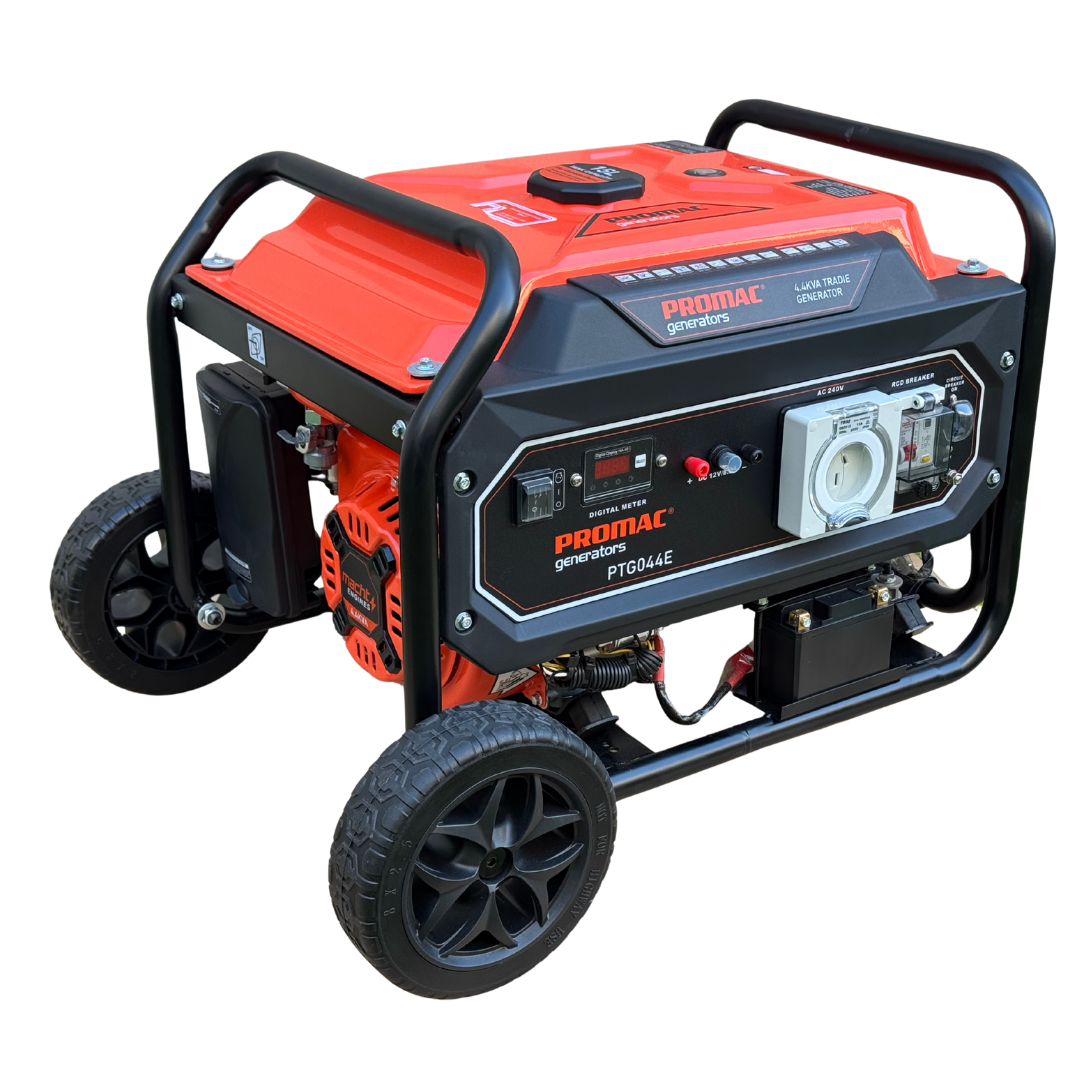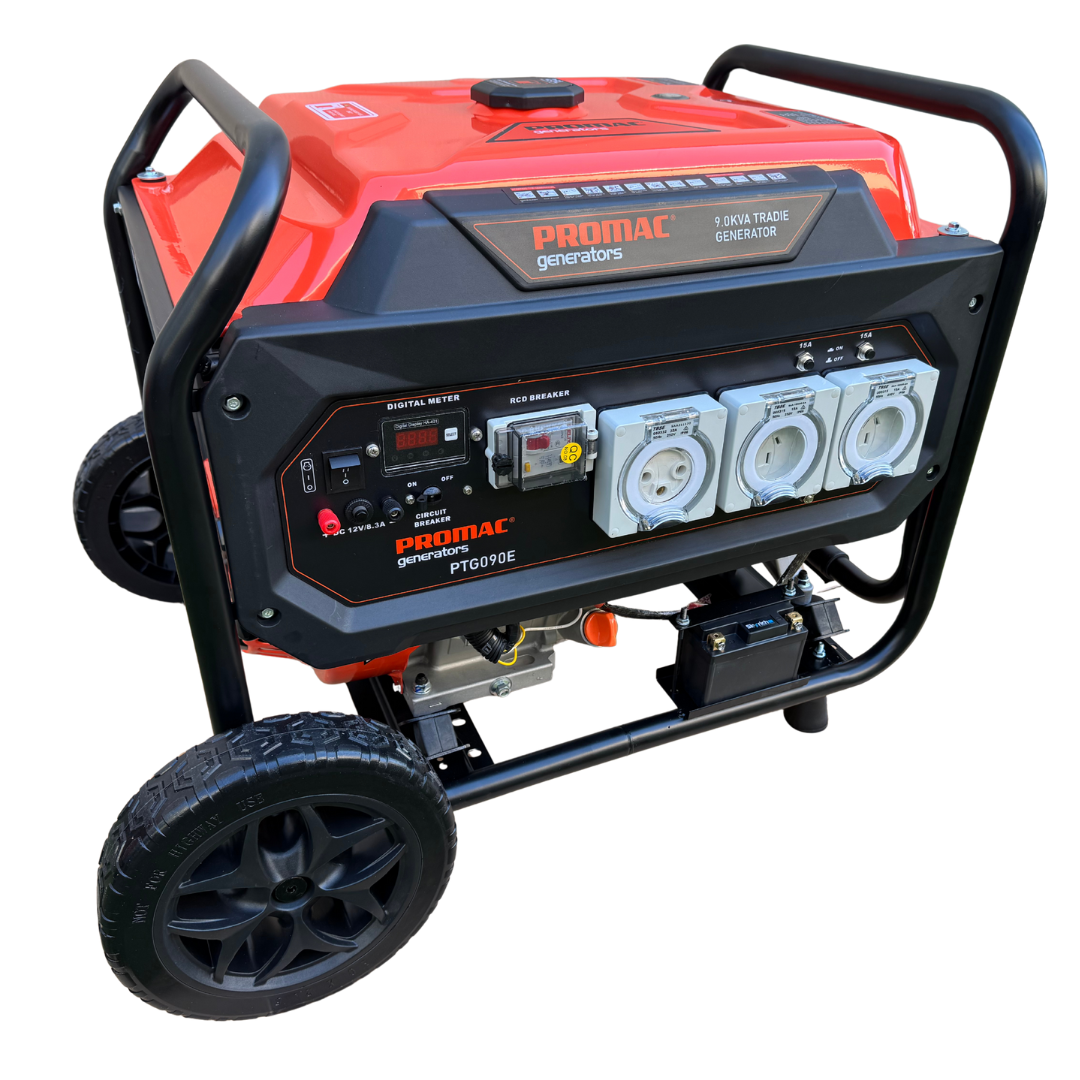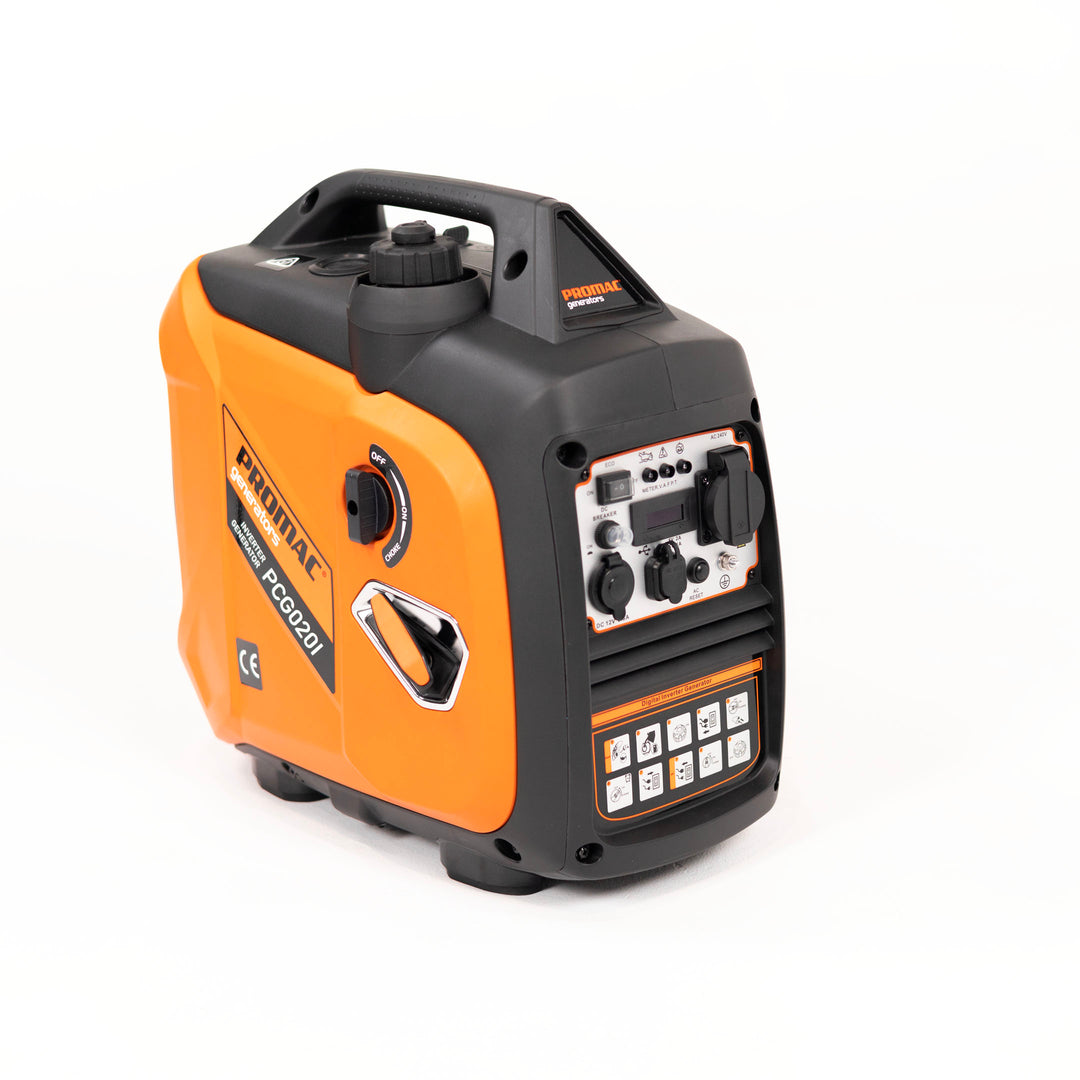SOLA RS Rafter Square
What Is a Rafter Square?
Rafter squares are in the shape of an isosceles right-angled triangle with a T-edge on one leg. The multitude of scales and recesses make the rafter square a multi-functional tool, which is ideally suited to marking lines and angles and as a scribing tool or saw guide. Rafter squares are usually made of steel, aluminum or plastic and have metric (millimeter, centimeter) or imperial (inch) units of measure. Common metric measurements include 18 cm and 30 cm, while for imperial measurements it is 7 and 12 inches.
Where Are Rafter Squares Used?
The different scales and recesses of rafter squares, as well as the practical T-edge, are primarily designed for use with wood – be this during carpentry, joinery or woodwork. Rafter squares originate from the Americas, where, to this day, they remain a key part of a carpenter’s toolbox during roof construction and for rafters. Hence why it is known as a rafter square. Rafter squares can be used to determine the rise and/or the angle for common rafters, hip rafters, and valley rafters, as well as jack rafters.
What Are the Features of a SOLA Rafter Square?
SOLA’s rafter square combines the functions of a ruler, try square, miter square, angle meter, scribing notches, saw guide, and rafter measurer. The rafter square in the shape of a right-angled triangle has a robust T-edge on one leg for precise 90° and 45° markings. The T-edge can also be used as a sawing aid or saw guide. Parallel to the T-edge, there is a recess with a metric scale in mm and cm (offset scale), which is ideally suited for marking perpendicular lines. The marking edge of the other leg also has a metric scale that allows for quick measurements. Below this scale, there is a recess with notches that can be used to mark horizontal/parallel lines. The hypotenuse has a degree scale for angle measurements between 0 and 90°. The desired angle is determined starting from the pivot point opposite (marked on the rafter square as PIVOT). Parallel to the degree scale there is another recess with two scales for miter cuts. The lower scale is for common rafters (marked on the rafter square as COMMON), while the upper one is for hip and valley rafters (marked on the rafter square as HIP-VAL). At a right angle to the degree scale there is a 90° marking guide for rafter seat cuts.
What Do the HIP-VAL and COMMON Markings on the Rafter Square Mean?
A special function of the rafter square, which is primarily used in the Americas, is the cutting of rafters. For this purpose, the rafter square from SOLA has a separate scale for common rafters, hip rafters, and valley rafters.The lower COMMON scale can be used to saw common rafters for a roof to size. The common rafters are the rafters that run from the ridge straight downwards. The scale is based on the rise of the rafter, which is specified in decimeters per meter. A conversion table can be found on the reverse of the SOLA rafter square. The table can be used to read off, for example, that once converted a rise of 1 decimeter per meter corresponds to an angle of 5.71°. The upper HIP-VAL scale is suitable for hip and valley rafters, which do not run straight downward from the ridge of the roof, but instead run diagonally. As hip and valley rafters are longer than common rafters, the HIP-VAL scale must be used for cutting.

Frequently purchased with
Browse our selection of high-quality accessories.
Featured Products
Check out our other products












